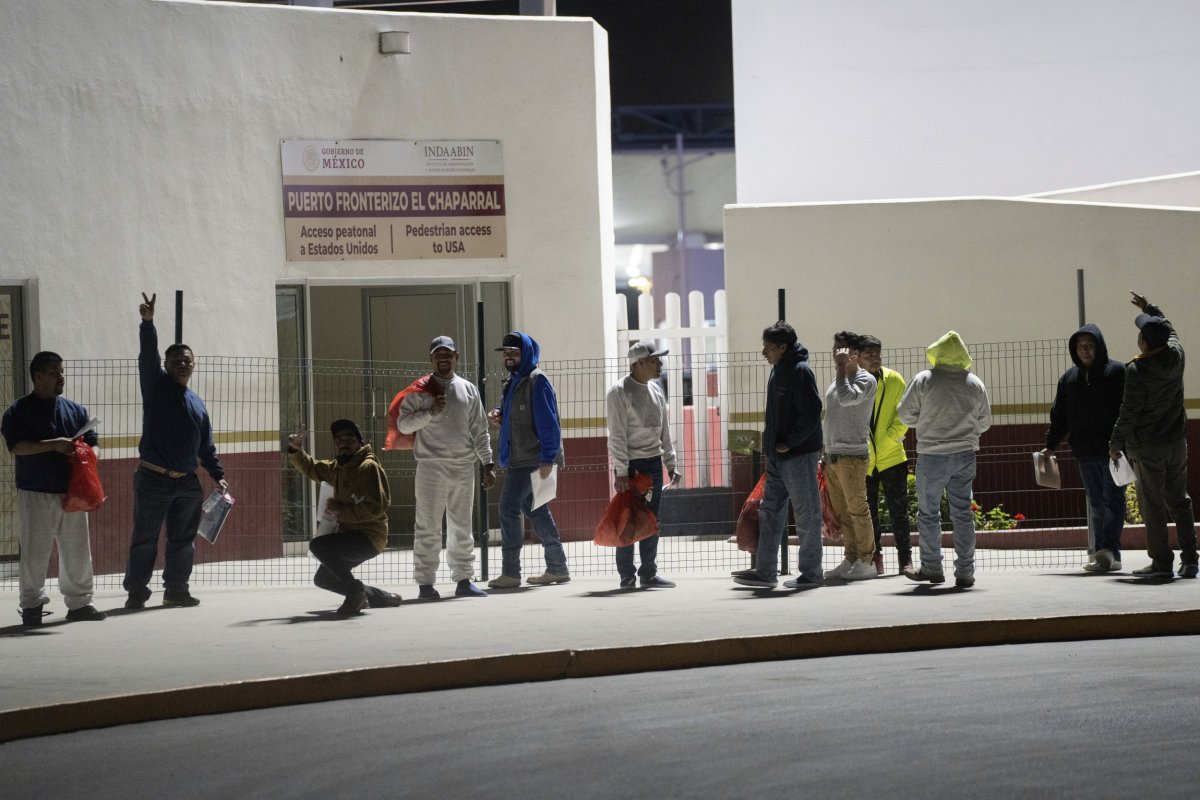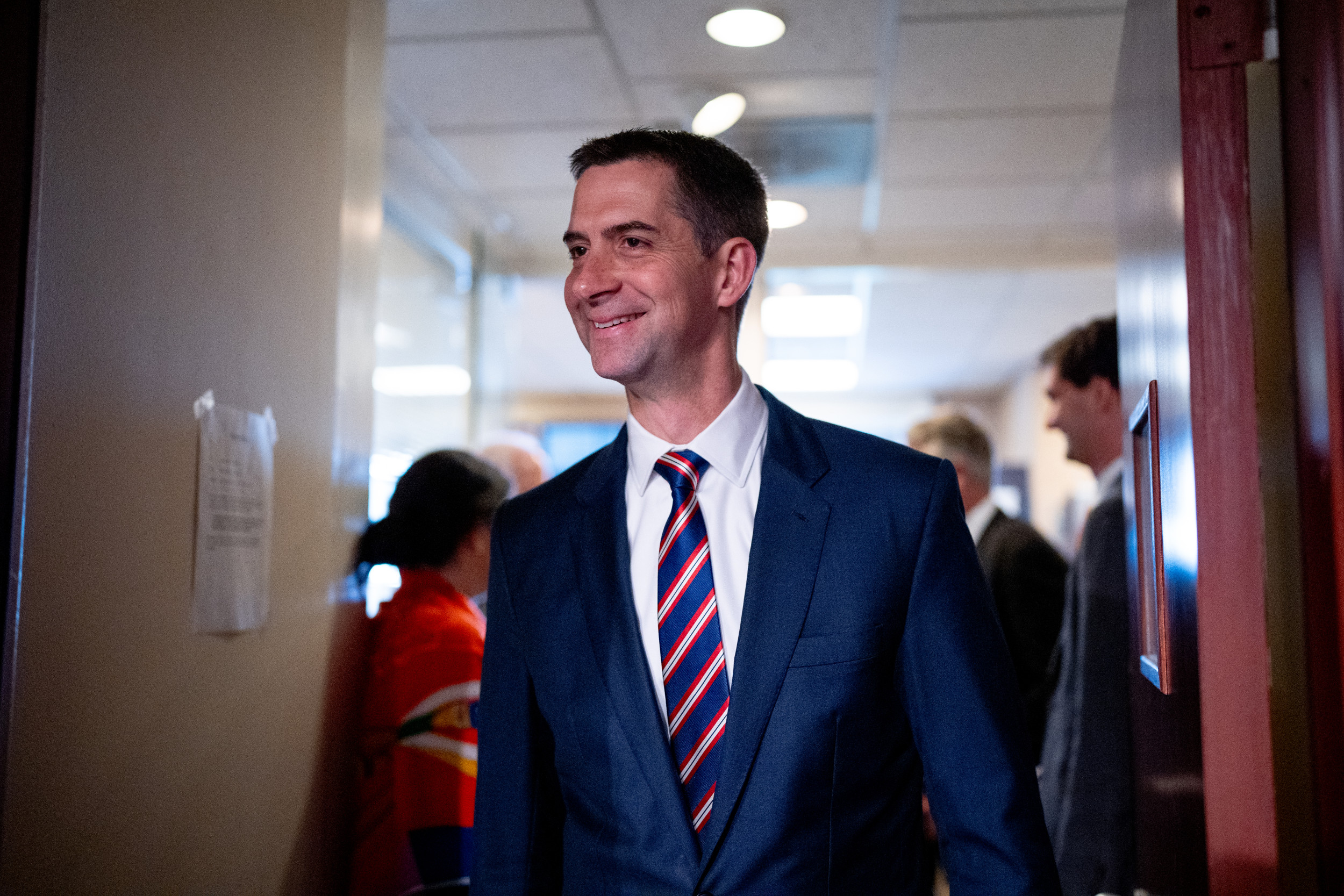President Donald Trump's plans to deport "millions and millions" of immigrants hinge on securing significant funding for detention facilities, including military prisons. With an estimated 11.7 million undocumented immigrants in the U.S., current Immigration and Customs Enforcement (ICE) funding supports only about 41,000 detention beds.
The Trump administration has not disclosed how many more beds would be required or the overall cost.
Why It Matters
The push to expand detention infrastructure signals a major shift in U.S. immigration policy, with implications for human rights, federal spending, and the private prison industry. Critics argue that detaining undocumented immigrants on such a large scale risks creating a hyper-militarized system that could worsen safety and compliance issues within detention facilities.

The financial demands are enormous, with detention beds costing approximately $165 per day per adult. Additionally, the Department of Homeland Security (DHS) has estimated substantial costs for deportation logistics, including air transportation. The involvement of the military under Trump's emergency edict has sparked debate about its affect on national readiness.
What to Know
Efforts to expand detention capacity include leveraging the recently passed Laken Riley Act, which allocates $26.9 billion to add 110,000 beds. Named after a Georgia nursing student murdered by a Venezuelan man, the act mandates the detention of undocumented individuals accused of crimes.
ICE relies on a combination of its own processing centers, private detention facilities, and prisons under state and city contracts. However, it currently lacks facilities for detaining immigrant families, who constitute a significant portion of arrivals at the southern border.
Newsweek has reached out the ICE for comment via email.
Potential Expansion of Detention Space
The American Civil Liberties Union (ACLU) has highlighted ICE's potential plans to expand detention capacity in eight states, including Texas, Kansas, and California. ICE may also repurpose previously used sites, including Carrizo Springs, Texas, and Dilley, Texas, to house detainees.
Past Reliance on Military Bases
During Trump's first administration, he authorized the use of military bases to detain immigrant children -- including Army installations at Fort Bliss, Texas, and Goodfellow Air Force Base. In 2014, Obama temporarily relied on military bases to detain immigrant children while ramping up privately operated family detention centers to hold many of the tens of thousands of Central American families caught crossing the border illegally.
U.S. military bases have been used repeatedly since the 1970s to accommodate the resettlement of waves of immigrants fleeing Vietnam, Cuba, Haiti, Kosovo and Afghanistan.
Financial and Logistic Challenges
With current budgets stretched, increasing capacity will likely require significant private investment and federal funding through Congress.

What People Are Saying
John Sandweg, former acting ICE director: "There's a limitation on the number of beds available to ICE. If the administration wants to make a major uptick in detention capacity, that's going to require the construction of some new facilities."
Eunice Cho, ACLU senior staff attorney: "Under the Trump administration, Homeland Security will be working to try to detain everyone that it possibly can."
What Happens Next
The Trump administration's reliance on military resources and private investors for detention expansion is set to escalate debates in Congress. With federal budgets already stretched, the scope and sustainability of mass deportations remain uncertain.
This article includes reporting from The Associated Press




















 English (US) ·
English (US) ·